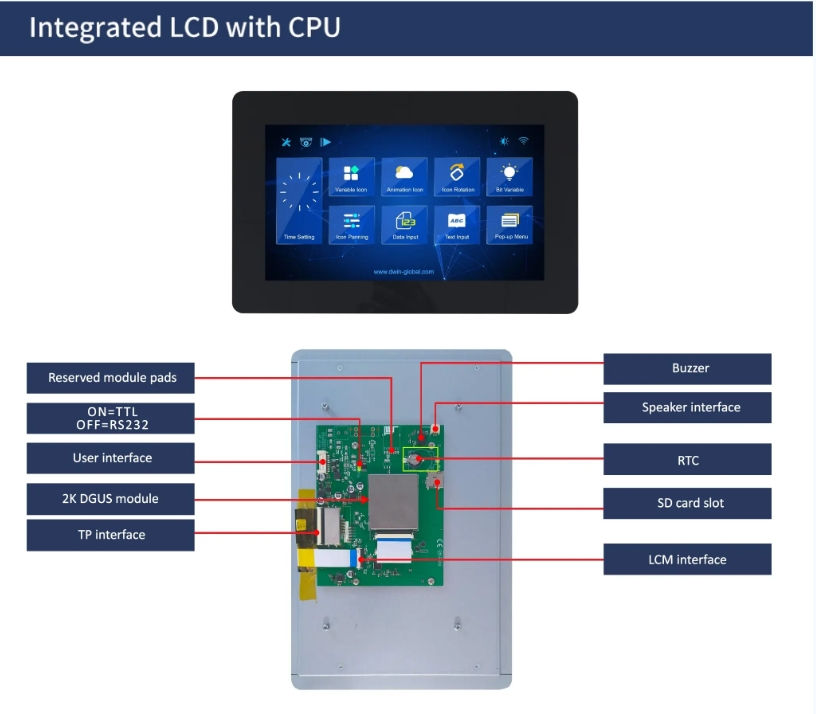The Pulse Sensor is a plug-and-play heart-rate sensor for Arduino. It essentially combines a simple optical heart rate sensor with amplification and noise cancellation circuitry making it fast and easy to get reliable pulse readings.
Here the APDS-9008 Miniature surface Mount Ambient light photo sensor from Avago technologies plays an important role and it is responsible to detect concentration of Light bounces back through fingertip or earlobe. D1 LED gives light source for this operation. Signal from the ambient light sensor amplified through op Amp and the signal is ready to read by the microcontroller.
How Does Pulse Sensor Work?
This sensor has two surfaces, on the first surface, the light-emitting diode & ambient light sensor is connected. Similarly, on the second surface, the circuit is connected which is accountable for the noise cancellation& amplification.
The LED is located above a vein in a human body like ear tip or fingertip, however, it must be located on top of a layer directly. Once the LED is located on the vein, then the LED starts emitting light. Once the heart is pumping, then there will be a flow of blood within the veins. So if we check the blood flow, then we can check the heart rates also.
If the blood flow is sensed then the ambient light sensor will receive more light as they will be reproduced by the flow of blood. This small change within obtained light can be examined over time to decide our pulse rates.
PulseSensor Playground Library is a collection of code and projects made just for your PulseSensor and Arduino.
To install the PulseSensor Playground Library, in Arduino, to go Sketch > Include Library > Manage Library...
In the Library Manager: Search for and Select "PulseSensor.com
Once this library is installed you will see examples in Arduino's dropdown! To select an example project, go to: `File > Examples > PulseSensor Playground > GettingStartedProject`.
top of page
₹180.00Price
Related Products
bottom of page































